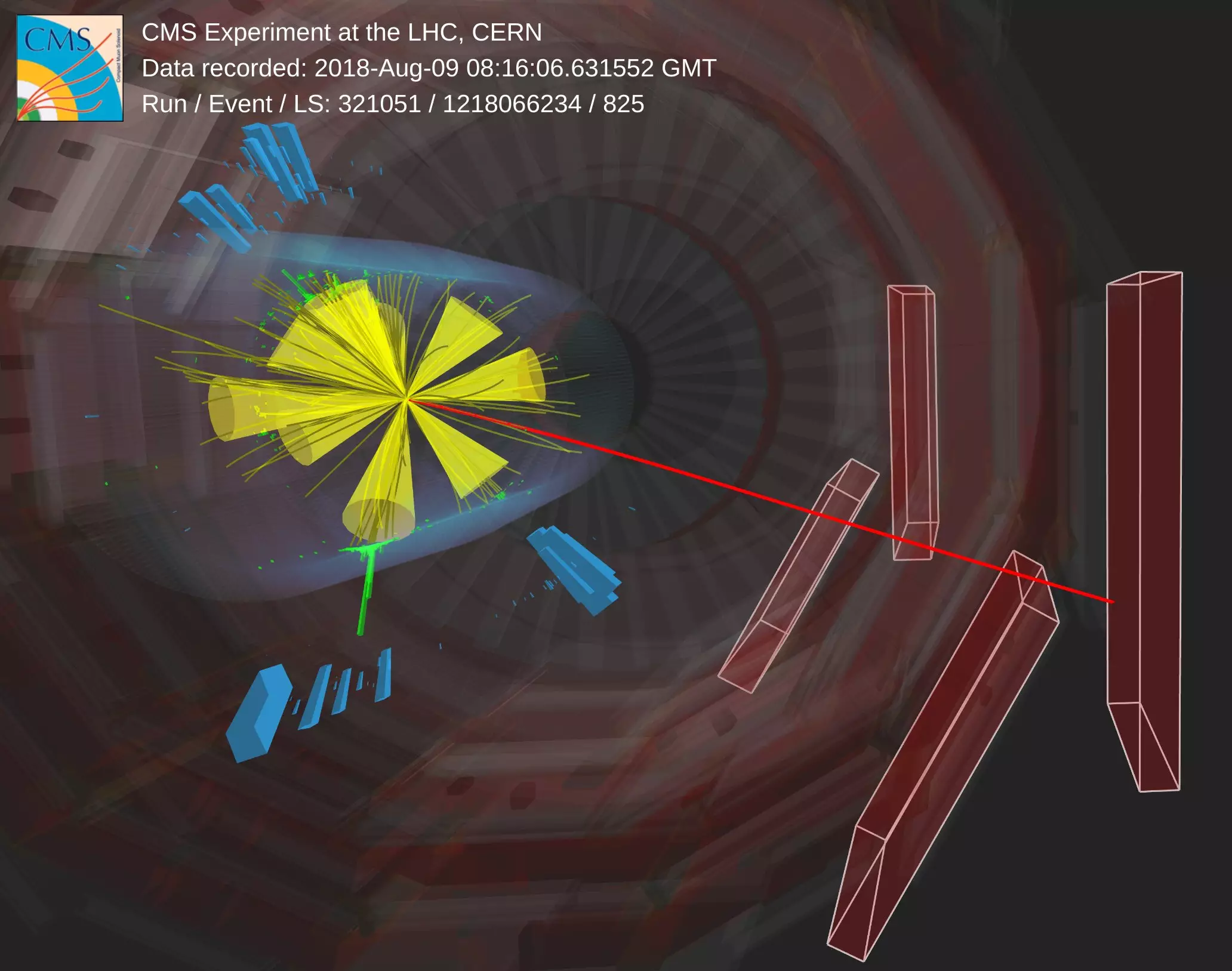Supersymmetry, often abbreviated as SUSY, stands out as a groundbreaking theory within particle physics that offers solutions to some of the most perplexing unanswered questions. Among its various intriguing propositions, one prominent aspect of this theory is the idea that every known particle possesses a corresponding “superpartner” with distinct characteristics. For instance, the Standard Model’s top quark is envisioned to have a superpartner recognized as the top squark or simply referred to as the “stop.”
The CMS Collaboration’s Pioneering Discovery
In a significant breakthrough in 2021, the CMS collaboration conducted an in-depth analysis of the comprehensive dataset obtained from collision experiments spanning the years 2016 to 2018. Their meticulous investigation uncovered intriguing features that hinted at the potential presence of stop particles within the data. The term “might” in this context indicated that the observed data displayed anomalies with less than a 5% probability of aligning with anticipated outcomes solely from known particles.
Rather than adopting a passive stance and awaiting an extended period to accumulate additional data for verifying these findings, the CMS collaboration opted to reevaluate the existing dataset leveraging enhanced analytical methodologies. The updated analysis methodology specifically focused on detecting the simultaneous generation of pairs of stop particles. Each stop particle undergoes decay, resulting in the formation of a top quark, accompanied by a cluster of lighter quarks or gluons. These clusters, collectively termed hadrons, subsequently give rise to particle groupings identified within the detector as “jets.”
The primary challenge encountered in this analysis pertains to the similarity between the signal footprint generated by stop particles and the outcome stemming from one of the predominant Standard Model processes at the Large Hadron Collider (LHC) – the pair production of top quarks. The inherent complexities involved in simulating top quark production accompanied by numerous jets necessitate a reliable estimation of this background through observed data. To tackle this obstacle, CMS physicists embraced a groundbreaking approach employing advanced machine-learning techniques to identify two minimally correlated variables. These variables are subsequently utilized to partition the data into four distinct regions, denoted as regions A, B, C, and D.
Pioneering Advances in Analysis Sensitivity
By adopting this innovative methodology, the CMS collaboration could accurately forecast the dominant background within the analysis solely through observed data, eliminating the uncertainties linked to simulations concerning the jet multiplicity distribution. This strategic shift led to a substantial enhancement in analysis sensitivity, enabling the researchers to ascertain the absence of the suspected signal highlighted in the 2021 analysis. The absence of this signal implies that, within specific SUSY scenarios, a stop particle’s mass necessitates exceeding 700 GeV for detection.
Exploring Future Horizons
Equipped with a significantly more refined analysis technique, physicists within the CMS collaboration are now eagerly poised to delve deeper into the ongoing LHC Run 3 datasets. This continual exploration aims to unravel further enigmas and uncover the enigmatic pathways through which Nature conceals its profound mysteries, yearning to reveal the ultimate secrets hidden within the realms of particle physics.


Leave a Reply